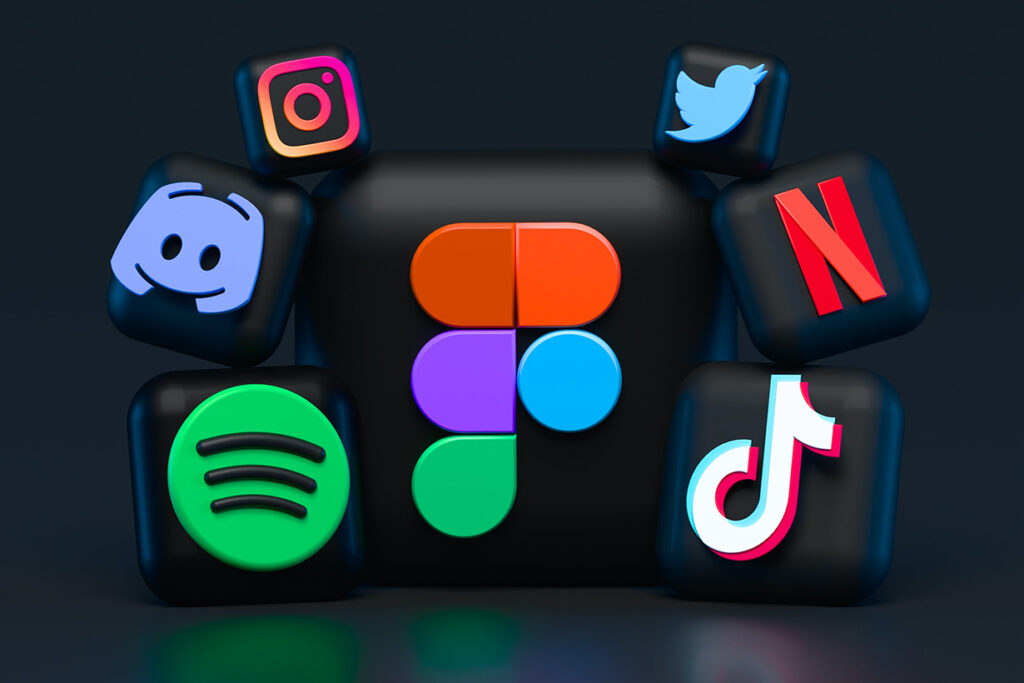In this article, we talk about the relationship between content, channels and Growth Hacking methods. It turns out that a good portion of creativity is mandatory!
“What if?”
The data-based work of Growth Hacking may seem to be a bit dry. But that is not necessarily the case. Sure, it is “back-breaking work”, but Growth Hacking is only as good as the innovative ideas and approaches that are applied on the various channels. That means new approaches have to be developed and tried out! Staying curious, looking at the competition and their measures, copying the good and the tried, or even better: optimizing. The core question in this process is: “What if?”. What if we think about products or online ads in a completely different way, revolutionize them? What if consumers can fix the price themselves? What if we set up the website in a completely different and unusual way, showing 20 new micro-influencers at once? What if the first customers receive lifelong benefits that no one else gets? So what – if? There are no limits to the imagination here. Thus, you always need a good dose of creativity!
Content first, channels next
Once enough “What if?” scenarios have been developed, the appropriate channels have to be chosen and executed. Since most start-ups and many advertising companies nowadays have very tight cost limits, the focus is on those channels that achieve maximum measurable conversions with a low budget. But first of all, suitable content is necessary. In order to determine the best content for the various channels, the content used to date must be tracked, i.e. examined in detail: Which types of content (moving images, text, images, white papers etc.) work for which tenor? Which content duration (video) or length (text) do visitors prefer? Which content gets the most views and shares? Such data and insights are crucial for content optimization. Once again, analytics are the basis here, and then clearly defined goals have to be worked out to move towards them.
Which channels?
The channels to be used and optimized depend on the business model and the data already available. The starting point, especially for organic growth, is a user-friendly website which can be easily found on the Internet through search engine optimization or via various platforms. E-mail addresses for sending out newsletters are a perennial favorite for lead acquisition. Here, good data makes all the difference: Reporting on new ideas and services, increasing engagement with corresponding download elements, asking customers or organizing a competition? – The more prospects the database contains, the better can be split and content tested! Social media is also an essential channel in Growth Hacking, since Facebook, Instagram, TikTok & Co. promise the fastest way to spread the word by means of recommendations. In addition, the target group selects itself (viral). However, organic growth soon reaches its limits.
The advantage of all these online channels is that they offer a wide range of opportunities to collect customer information via tracking. This data can then be used specifically for performance marketing such as social, online or even native ads. In doing so, a progressively better hit rate and conversion can be achieved with a low budget investment. In addition, a well-thought-out, user-friendly webshop – keyword e-commerce – is absolutly mandatory.
Conclusion: Channel selection is not a guessing game
Fast growth via rapid and uncomplicated customer acquisition with the least possible use of resources is one of the main goals of Growth Hacking. Long-term image and brand building are largely dispensed with. What counts is the generation of qualified leads and a high conversion rate. This is merely possible with the right content, published on the optimal channels. Suitable tracking and optimal analytics procedures provide the basis for it. Only in this way, the Growth Hacking system can capture all digital traces that consumers leave behind and bring them into meaningful contexts. Everything that is done here is data-driven. Speculations are “out” – testing and optimizing “in”.
You might also be interested in this article:
>> Part 2: Growth Hacking is (not) a science
Contact:
Dr. Georg Feldmann
Head of Competence Team
City of Vienna Competence Team for the Digitalization of Communication
Phone: +43 690 40 476 118
georg.feldmann@fh-wien.ac.at
Images: © Alexander Shatov I Unsplash and FHWien der WKW

